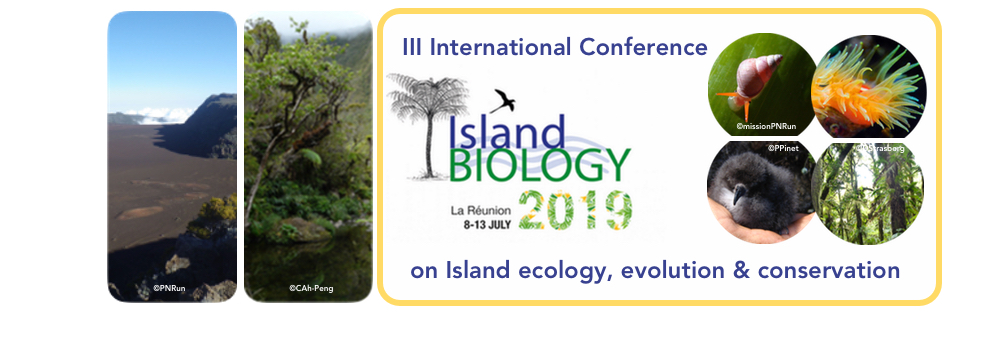In these times of rapid environmental change and species extinction, understanding the drivers governing species' abundance and distribution is more important than ever. The goal of this work is to further our understanding of what drives variation in species' abundance and microhabitat use through space, particularly in the context of rapid land cover change and biological invasion. Using the little explored anole (Anolis) fauna of the Honduran island of Utila. Here, we test theory linking sub-canopy thermal conditions to canopy density, evaluate the capacity of unmanned aerial vehicles (UAVs) to predict fine-scale heterogeneity in thermal habitat quality in forest, plantation, mangrove and urban environments, and evaluate thermal implications for endemic and invasive anoles. Pilot work coupled operative temperature data (morphologically accurate 3D models fitted with data loggers), with UAV derived NDVI measurements. Results reported a significant relationship (P< 0.001) that as spatial heterogeneity in NDVI increases, so does the standard deviation of operative temperature. Therefore, measurements of canopy structure from UAVs have the potential to provide fine-scale predictions of spatial heterogeneity of thermal habitat quality for animals at greater resolutions than can currently be obtained from existing microclimate datasets and methods. Pilot work also revealed a distinct habitat preference in the endemic Anolis bicaorum and has noted an increased range and habitat usage of the invasive Anolis sagrei. To evaluate thermal suitability of each Utila's habitats, the number of hours that operative temperature was within Tbreadth (range of temperatures where animal can reach 80% of its maximal performance) for each anole species was calculated. Results indicate most habitats are more thermally suitable for A. sagrei than A. bicaorum, apart from forest which is too cool for A. sagrei. Unexpectedly, thermal suitability of urban plots was not substantially higher for A. sagrei than A. bicaorum. Therefore, distribution of Utila's anoles are not solely driven by thermal suitability, future work will evaluate the role of predation, food resources and habitat structure. This work allows us to improve our understanding of Utila's Anolis fauna, promote its conservation and demonstrate how emerging technologies can help us understand and preserve the natural world.

|
|
|
|
Anoles & Drones: Revealing controls on distribution and microhabitat use of Anolis lizards in a changing island landscape using emerging remote sensing technologies
1 : University of Nottingham, UK
(UON)
University of NottinghamUniversity ParkNottinghamNG7 2RD -
United Kingdom
2 : Kanahau Utila Research and Conservation Facility
(Kanahau)
* : Corresponding author
Pumpkin Hill Road, Utila, Honduras -
Honduras
|
| Online user: 35 | RSS Feed |

|
 PDF version
PDF version